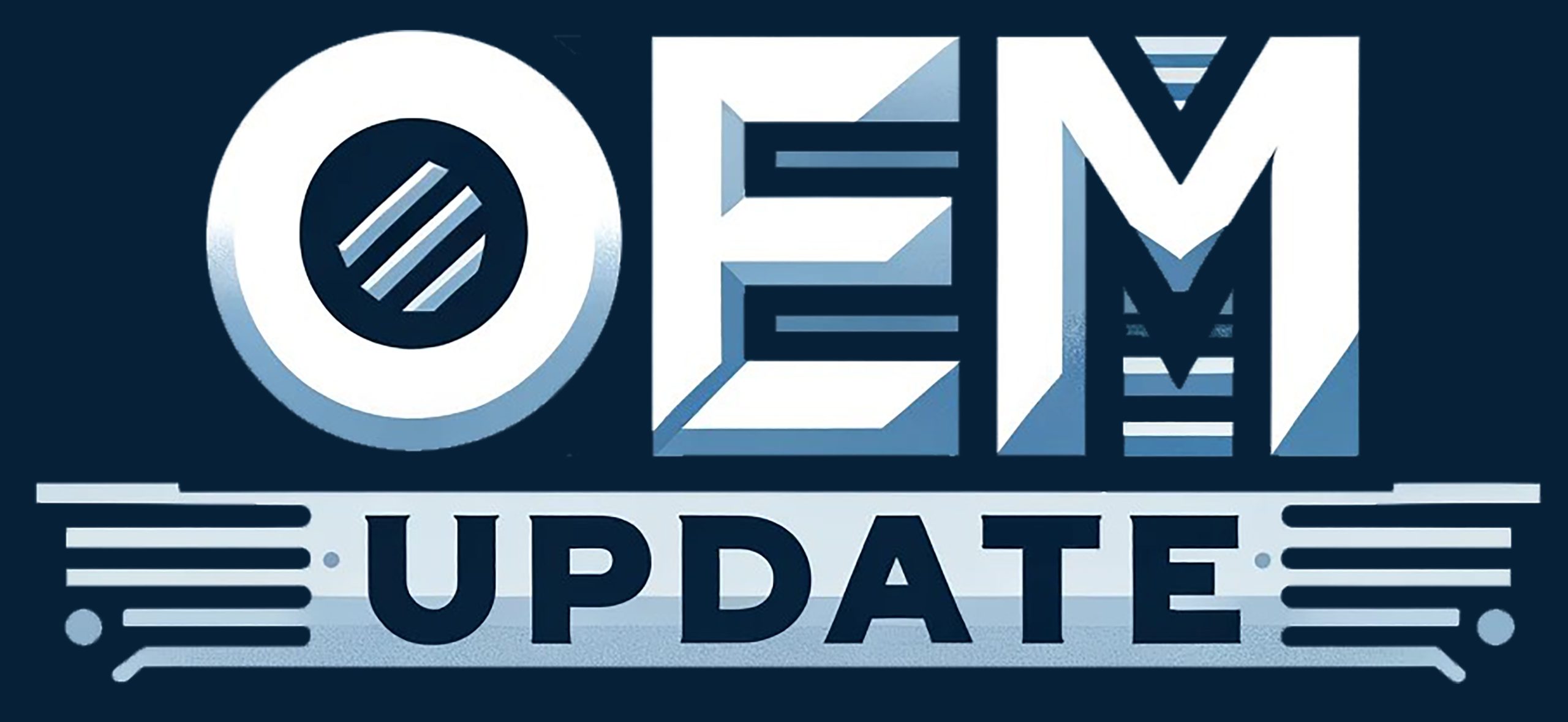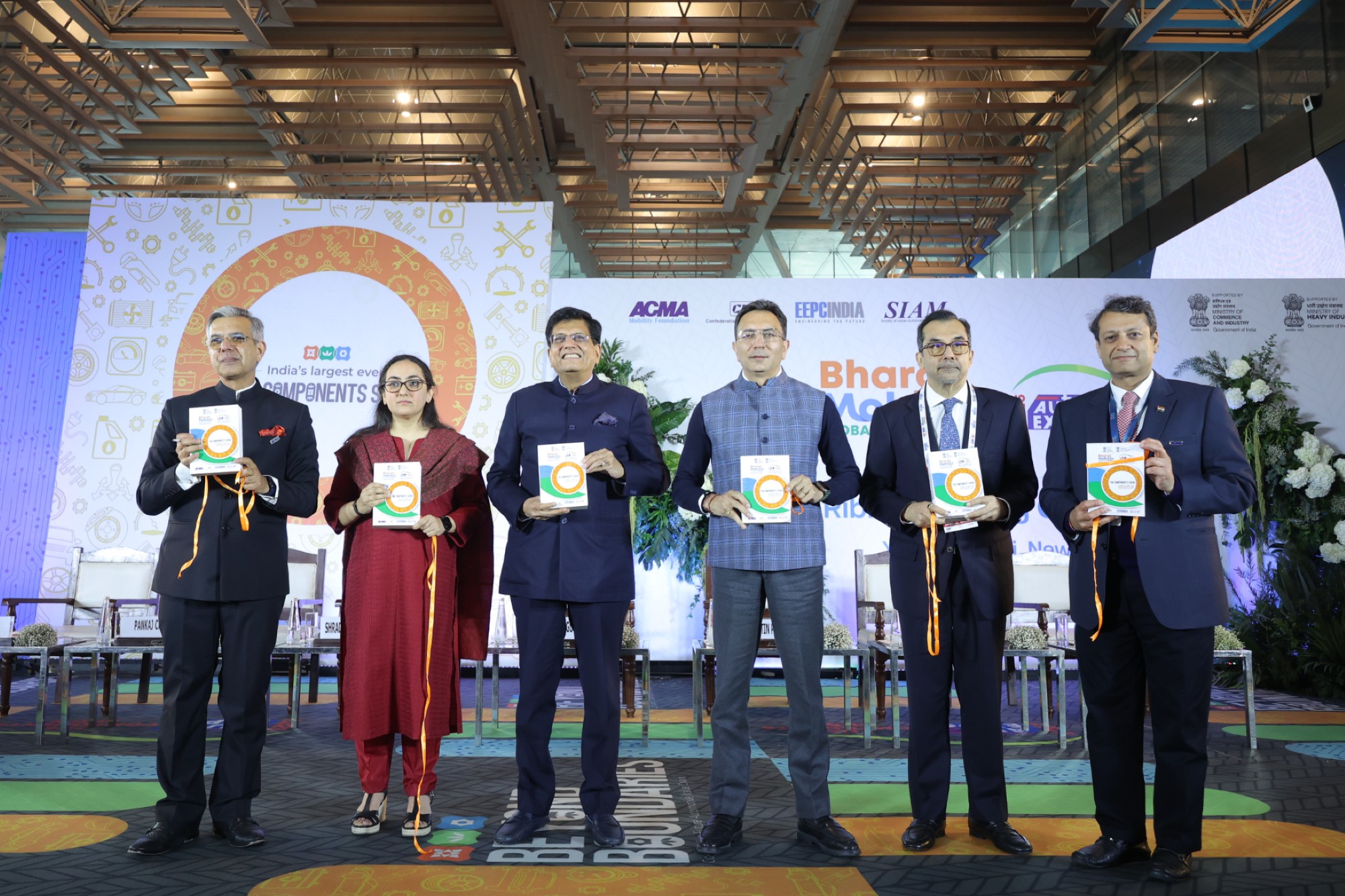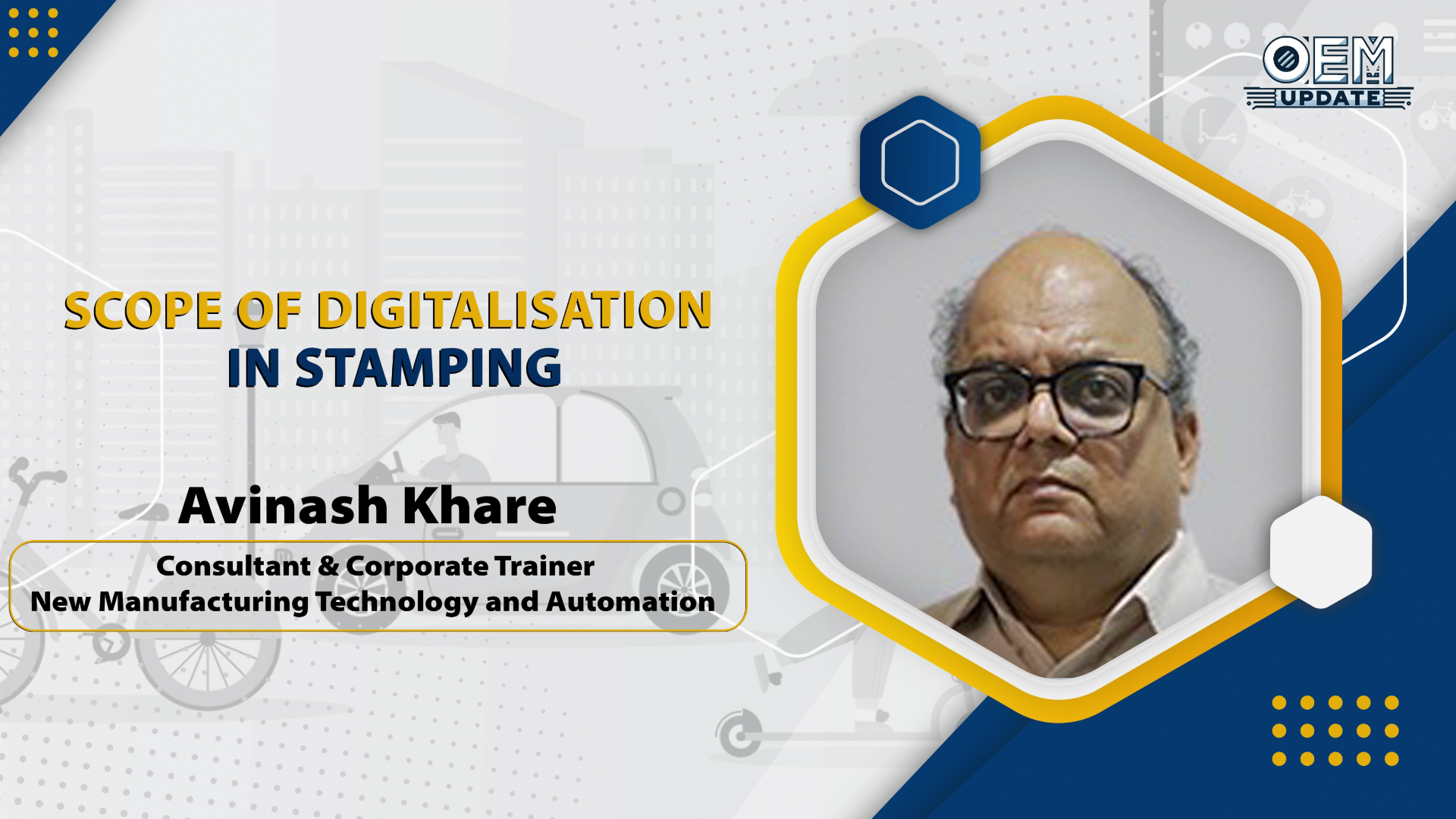Indian robotics industry expected to double over next 3-4 year
By admin April 18, 2013 9:57 am IST
Indian robotics industry expected to double over next 3-4 year
The trend toward robotic automation is increasing in India; however, it is still in its infancy in several sectors
Jamly John,Regional Manager (Western Region),Robotics and Automation,VDMA India
Indian economy is growing, despite the economic crisis that engulfed the world with the national investment rate at around 33-34 per cent and is expected to increase to 36 per cent by the end of 12th Five-Year Plan (2012-17). India has been adjourned the 5th best country in the world for dynamic growing businesses and gives a reflection of how suitable an environment the country offers for dynamic businesses. Indian tax climate was also considered to be reasonably favourable and India continued to be an attractive investment destination. Moreover, India is ranked 4th on renewable attractiveness index, 2nd on the solar index and 3rd on the wind index. India is expected to be the 2nd largest manufacturing country in the next 5 years, followed by Brazil.
Today India’s GDP per hour worked out is 1/5th of Germany. As the 7-8 per cent GDP is accessed on the base effect, the growth, in practical terms, is very small for the size of population in India. As the competitive world is flat, there is a need to be close to world standards in terms of quality, consistency, predictability and rate of improvement of above.
The global market for industrial robotics projects are close to 143,000 units by 2015, resulting from expanding application possibilities, technology developments, rising value propositions, demographic shifts, and ensuing labour shortages. By the same year, the global robotics industry is estimated to be worth $17.6 billion with the Indian robotics industry worth approximately $750 million and is expected to double over the next 3-4 years.
This global trend toward adoption of robotic automation is increasing in India but still in early stages. Automation still being in its infancy in several sectors is a reflection of being in the “low value-addition” zone. India is required to leapfrog to “higher value addition” manufacturing processes. The real drive for automation started only in 1997, and India is lagging behind in comparison to the world growth in automation sector. The factors affecting the automation sector in India is the political scenario. The economy condition is prevailing the social and technological challenges.
Indian industries have realised the importance of robotics and automation and are willing to make substantial investments as the cost of skilled labour is rising and production processes are getting speeded up without compromising quality standards. These factors are forcing Indian manufacturers to consider industrial robots as a viable option, despite the relatively high-capital costs. Industrial economists recommend that robotics and automation will save costs in the long run.
Growing demand for industrial robots has attracted leading global manufacturers of robots as Kuka Robotics, ABB, Fanuc etc. to set up facilities in India to serve the Indian market. India’s transformation into an automobile hub, with several leading international auto majors in the country, becomes the primary driver for the robotics and automation industry. The Indian manufacturing arena is poised to grow larger in the coming decades; thereby robotics industry business will remain vibrant.
Cookie Consent
We use cookies to personalize your experience. By continuing to visit this website you agree to our Terms & Conditions, Privacy Policy and Cookie Policy.


















